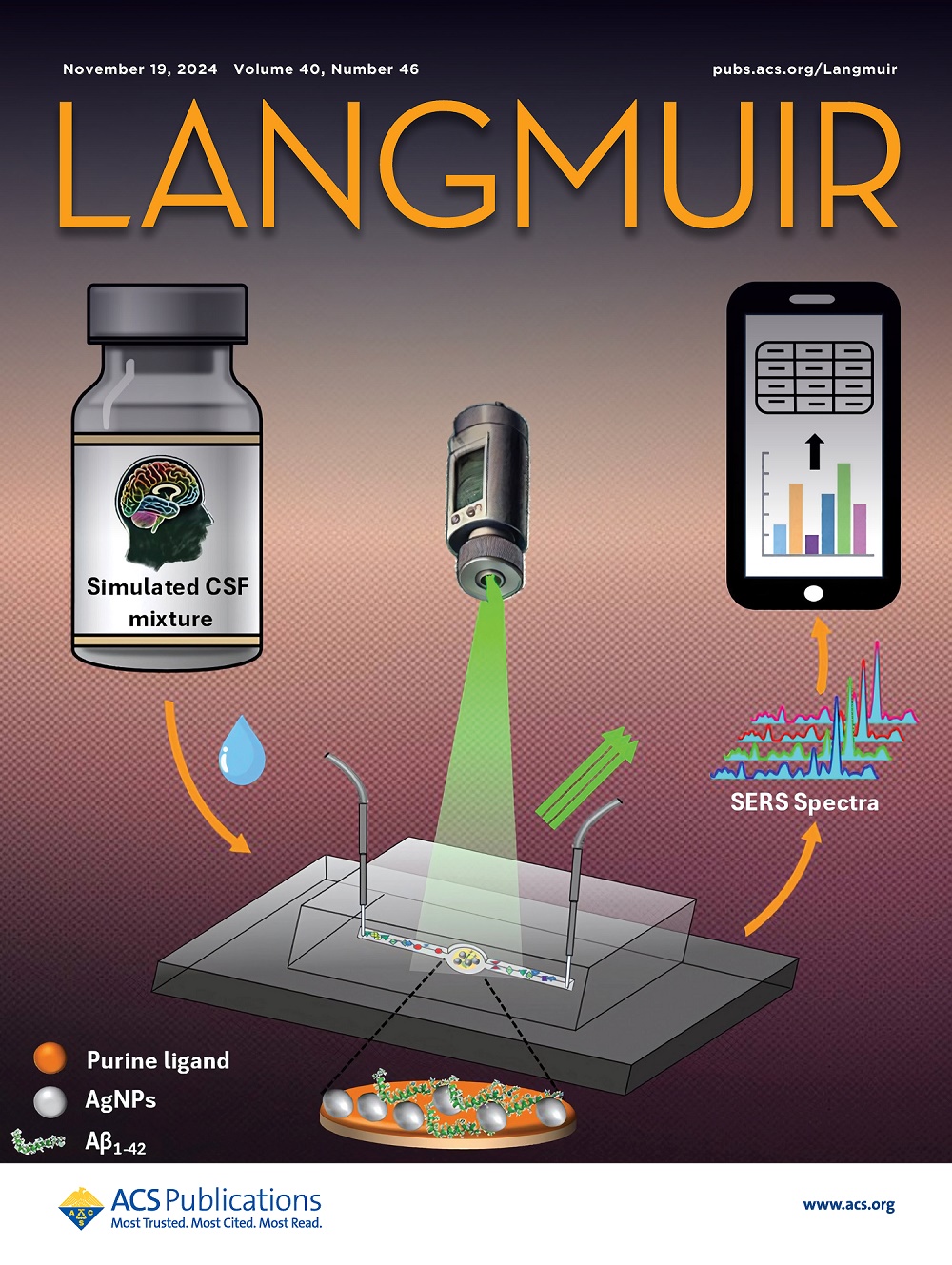Gas-Template Synthesis of Ultrathin Porous Carbon Nitrides for Photocatalytic Redox Reactions.
IF 3.7
2区 化学
Q2 CHEMISTRY, MULTIDISCIPLINARY
引用次数: 0
Abstract
Graphitic carbon nitride (g-C3N4) has emerged as a promising metal-free photocatalyst but is plagued by its low activity owing to a high electron-hole recombination rate and small specific surface area. A specialized gas-template method was successfully employed to synthesize an ultrathin porous carbon nitride (UPCN) photocatalyst containing nitrogen vacancies. This thermally induced exfoliation and polycondensation approach can be modulated using different gas templates. Compared with bulk g-C3N4, UPCNs feature an optimized ultrathin structure, larger surface area, weaker fluorescence intensity, lower impedance, and higher photocurrent response. These properties contribute to more exposed active sites, shorter diffusion paths for both ions and electrons, and improved carrier separation. Consequently, UPCNs exhibit considerably enhanced photocatalytic performance in both the hydrogen evolution reaction (HER) and the photooxidation of 2,6-dimethyl-1,4-dihydro-3,5-pyridinedicarboxylic ester (1,4-DHP) under visible light. Among UPCNs, TPA-UPCN (tetrapropylammonium chloride as the gas template) exhibits the highest photocatalytic activity, surpassing NH4Cl-templated carbon nitrides (2747 vs 2092 μmol·g-1·h-1) in HER. Moreover, TPA-UPCN achieves unprecedented photocatalytic oxidation efficiency for 1,4-DHP. This study provides a new approach for the preparation of UPCN materials with enhanced photocatalytic performance.用于光催化氧化还原反应的超薄多孔氮化碳气体模板合成。
石墨化氮化碳(g-C3N4)是一种很有前途的无金属光催化剂,但由于电子-空穴复合率高、比表面积小,其活性较低。采用特殊的气体模板法成功合成了含氮空位的超薄多孔氮化碳(UPCN)光催化剂。这种热诱导的剥离和缩聚方法可以使用不同的气体模板进行调节。与本体g-C3N4相比,UPCNs具有优化的超薄结构、更大的表面积、更弱的荧光强度、更低的阻抗和更高的光电流响应。这些特性有助于增加暴露的活性位点,缩短离子和电子的扩散路径,并改善载流子分离。因此,在可见光下,UPCNs在析氢反应(HER)和2,6-二甲基-1,4-二氢-3,5-吡啶二羧酸酯(1,4- dhp)的光氧化反应中表现出显著增强的光催化性能。在upcn中,以四丙基氯化铵为气体模板的TPA-UPCN在HER中表现出最高的光催化活性,超过了以nh4cl为模板的氮化碳(2747 μmol·g-1·h-1)。此外,TPA-UPCN对1,4- dhp实现了前所未有的光催化氧化效率。本研究为制备具有增强光催化性能的UPCN材料提供了新的途径。
本文章由计算机程序翻译,如有差异,请以英文原文为准。
求助全文
约1分钟内获得全文
求助全文
来源期刊

Langmuir
化学-材料科学:综合
CiteScore
6.50
自引率
10.30%
发文量
1464
审稿时长
2.1 months
期刊介绍:
Langmuir is an interdisciplinary journal publishing articles in the following subject categories:
Colloids: surfactants and self-assembly, dispersions, emulsions, foams
Interfaces: adsorption, reactions, films, forces
Biological Interfaces: biocolloids, biomolecular and biomimetic materials
Materials: nano- and mesostructured materials, polymers, gels, liquid crystals
Electrochemistry: interfacial charge transfer, charge transport, electrocatalysis, electrokinetic phenomena, bioelectrochemistry
Devices and Applications: sensors, fluidics, patterning, catalysis, photonic crystals
However, when high-impact, original work is submitted that does not fit within the above categories, decisions to accept or decline such papers will be based on one criteria: What Would Irving Do?
Langmuir ranks #2 in citations out of 136 journals in the category of Physical Chemistry with 113,157 total citations. The journal received an Impact Factor of 4.384*.
This journal is also indexed in the categories of Materials Science (ranked #1) and Multidisciplinary Chemistry (ranked #5).
 求助内容:
求助内容: 应助结果提醒方式:
应助结果提醒方式:


